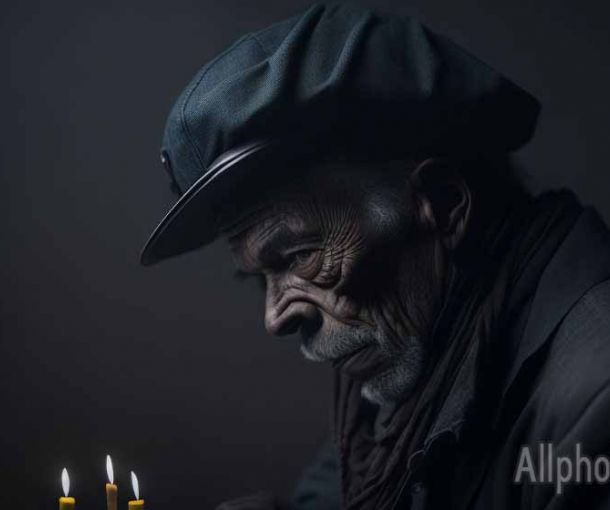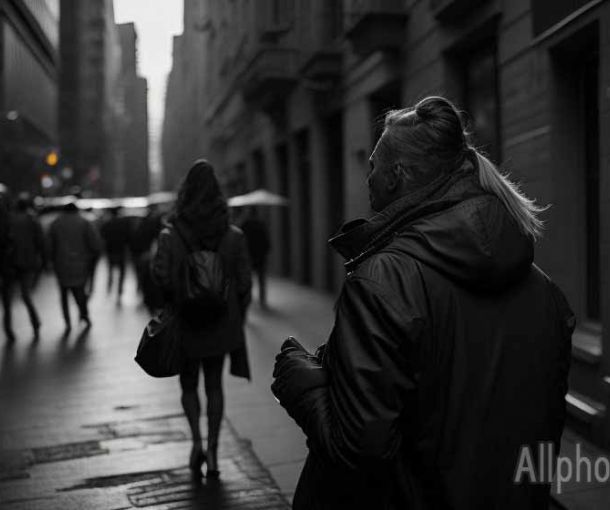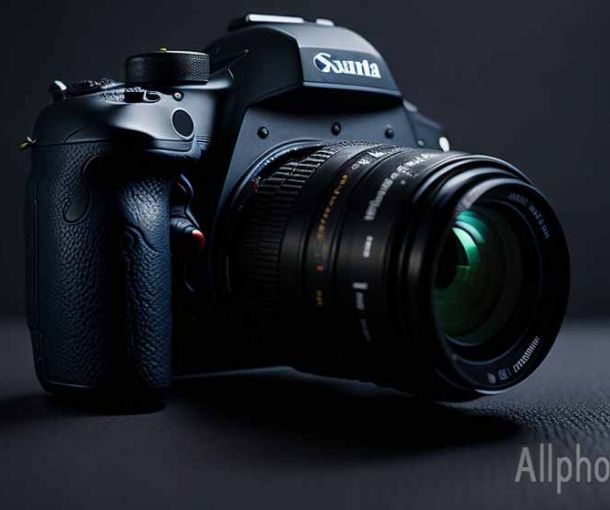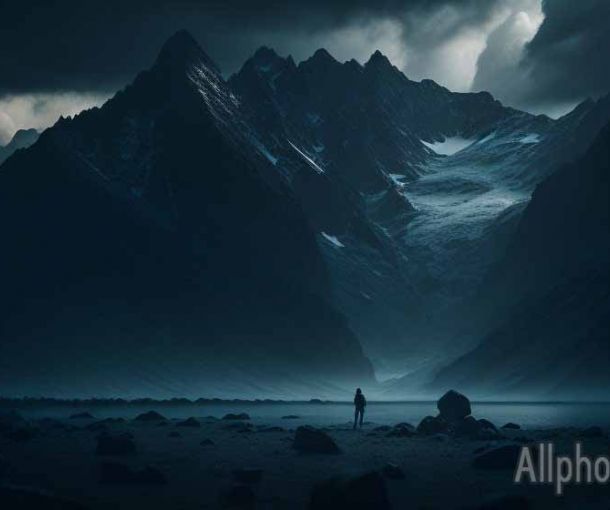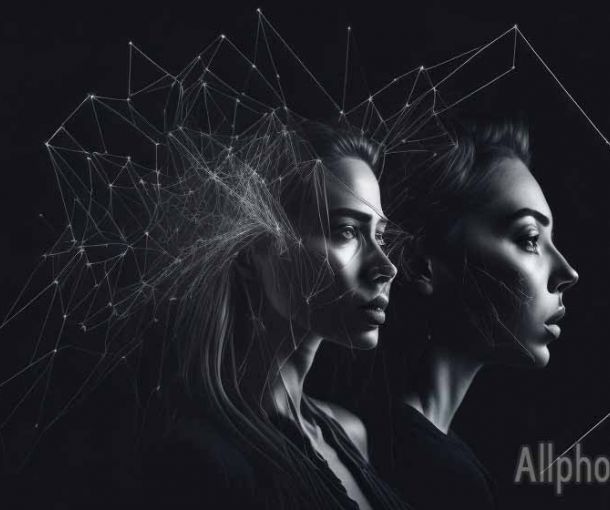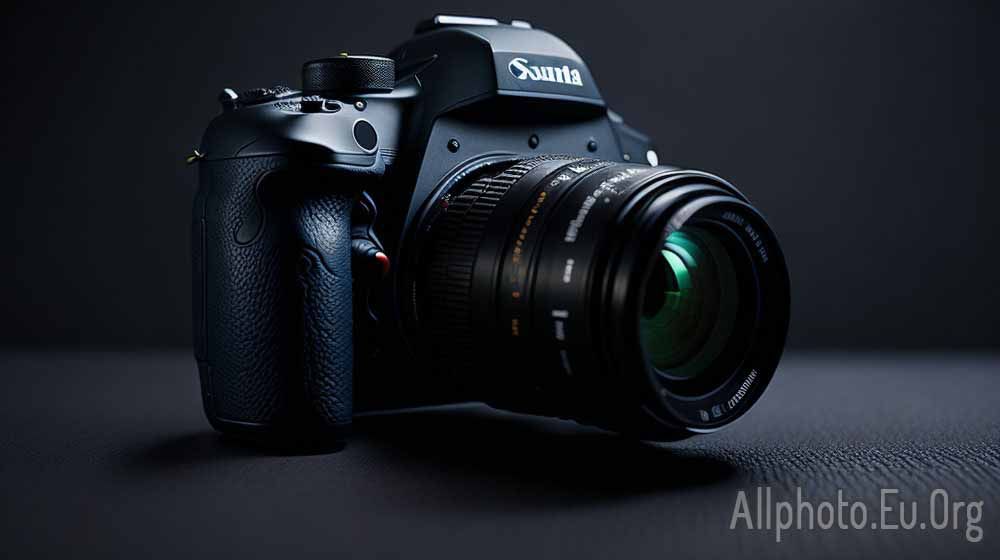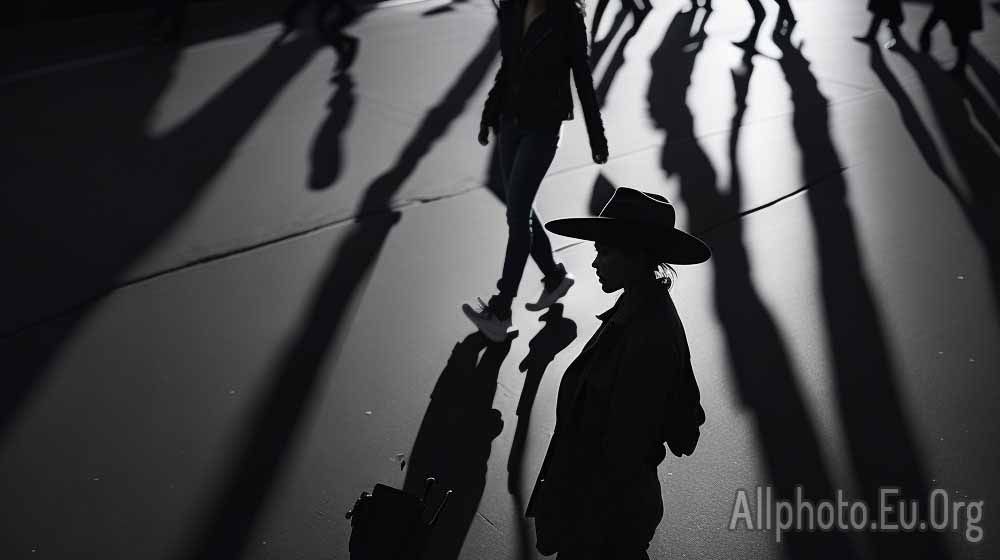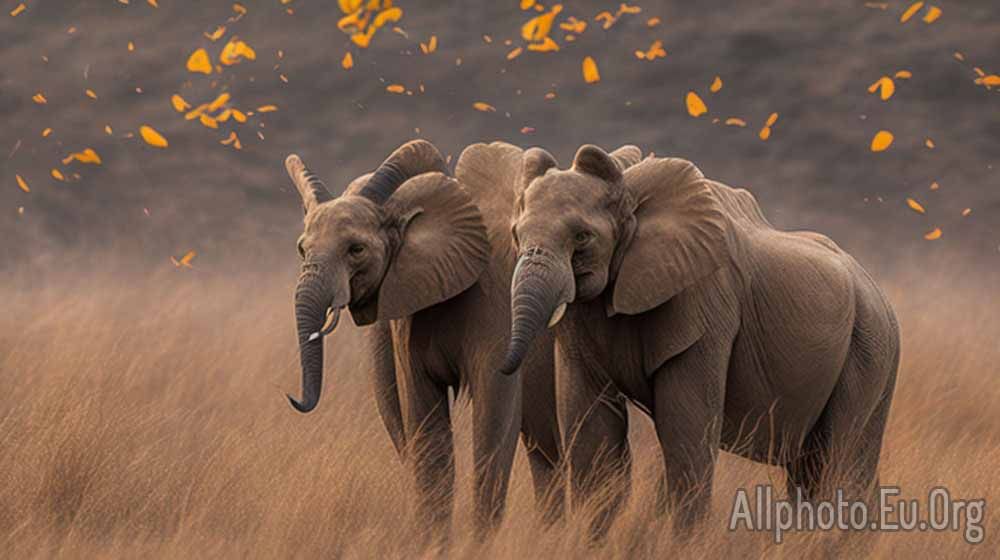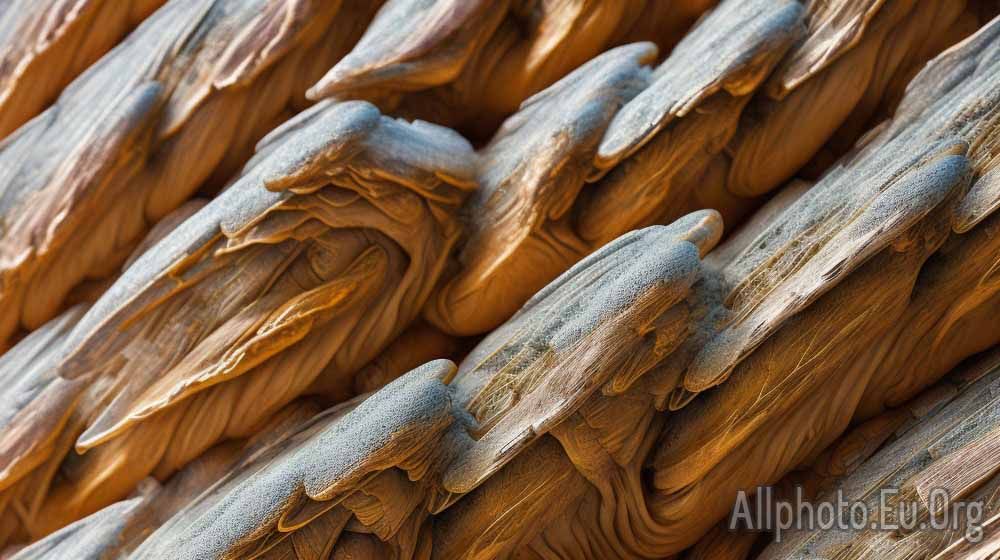The Art of Capturing Shadows in Street Photography: Creating Intrigue and Mystery
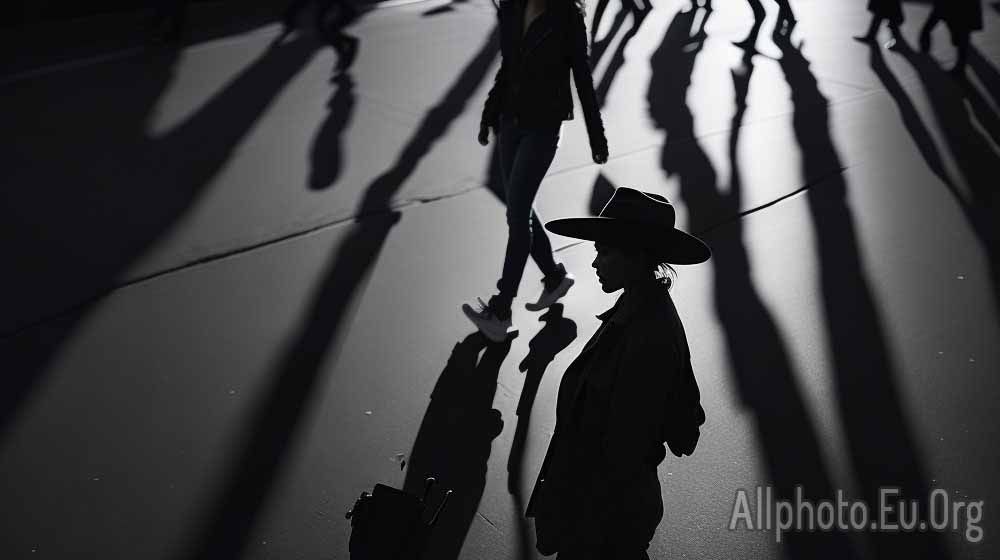
Street photography is a form of art that captures the essence of life on the streets, depicting the everyday moments that we often overlook. One of the most important elements of street photography is the art of capturing shadows. Shadows add depth, intrigue, and mystery to street photography, creating a sense of drama that draws the viewer in.
In this article, we will explore the art of capturing shadows in street photography, and how it can enhance the overall composition of the image.
Understanding Shadows in Street Photography
Shadows are an essential element of street photography. They add depth and dimension to the image, creating a sense of drama that draws the viewer in. Shadows are created by the interplay of light and darkness, and understanding how light works is essential to capturing shadows in street photography.
In street photography, shadows are created by the sun or other light sources. As the sun moves across the sky, it creates different shadows, depending on the angle and direction of the light. Shadows can be soft or hard, depending on the intensity of the light source.
Capturing Shadows
To capture shadows in street photography, you need to pay attention to the light sources around you. Look for areas where the light is hitting the ground or buildings, and try to position yourself in such a way that the shadows are falling in an interesting and compelling way.
One of the best times to capture shadows in street photography is during the golden hour. This is the hour before sunset and after sunrise when the light is soft and golden, creating beautiful shadows and highlights.
Using Shadows to Create Intrigue and Mystery
Shadows can add a sense of intrigue and mystery to street photography. By creating a play of light and darkness, you can create a sense of drama and emotion in the image. Shadows can also obscure the subject, creating a sense of anonymity and anonymity, which can add to the overall mood of the image.
When using shadows to create intrigue and mystery, it's important to consider the placement of the shadows in the image. Shadows can be used to frame the subject, leading the viewer's eye to the focal point of the image. They can also be used to create a sense of depth and dimension, adding layers to the image.
Incorporating Shadows into the Composition
When incorporating shadows into the composition of the image, it's important to consider the overall balance of the image. Shadows should be used to enhance the composition, not distract from it. They should be positioned in such a way that they create a sense of balance and harmony in the image.
Another important consideration is the use of color in the image. Shadows can be used to create contrast and add depth to the colors in the image. By using shadows to highlight certain colors, you can create a sense of harmony and unity in the image.
Conclusion
The art of capturing shadows in street photography is an essential skill for any photographer. Shadows add depth, intrigue, and mystery to street photography, creating a sense of drama that draws the viewer in. By understanding the interplay of light and darkness, and paying attention to the placement of shadows in the image, you can create compelling and emotionally evocative street photographs. So go out and capture the shadows, and let them add depth and drama to your street photography.
Additionally, one of the best ways to enhance the art of capturing shadows in street photography is through post-processing techniques. In the digital age, there are countless tools available to photographers that can be used to enhance the shadows in the image. Adjusting the contrast and brightness of the shadows, for example, can create a more dramatic effect, while reducing the saturation of the colors in the shadows can create a more subdued and mysterious look.
However, it's important to use post-processing techniques sparingly, and not rely on them to create the entire mood of the image. The best street photography is often raw and unedited, capturing the moment as it happens, and relying on the interplay of light and shadow to create the mood.
In conclusion, the art of capturing shadows in street photography is a skill that requires practice, patience, and an understanding of the interplay of light and darkness. By paying attention to the placement of shadows in the image, using them to create depth and dimension, and incorporating them into the overall composition, you can create emotionally evocative street photographs that capture the essence of life on the streets. So go out and practice capturing shadows, and let them add intrigue and mystery to your street photography.
To summarize, the art of capturing shadows in street photography can enhance the overall composition of an image by adding depth, intrigue, and mystery. By understanding the interplay of light and darkness, and paying attention to the placement of shadows in the image, photographers can create emotionally evocative street photographs. Post-processing techniques can also be used to enhance the shadows, but should be used sparingly to maintain the raw and unedited feel of street photography.
Tags
Latest Articles
Most Read
All Tags
Subscribe
Donate
Please consider supporting our efforts.
© 2023 All-Photo.Cf All rights reserved.
